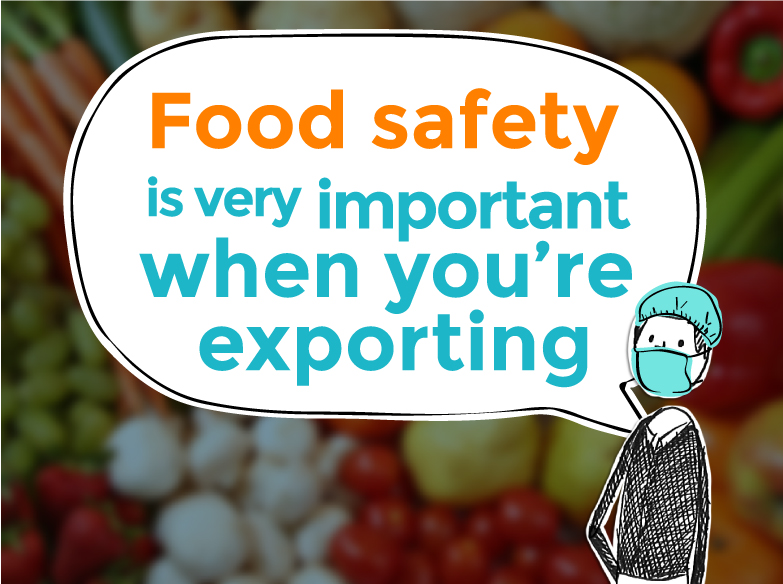In the past, traceability along the agricultural chain was a way of adding value to the product. But once these new rules and regulations entered into effect, it was no longer a competitive advantage but became an entry barrier to the major markets. According to Telefónica, “traceability is a set of actions, measures and technical procedures that allow both from a quantity and quality standpoint, to identify and register each product from origin to end of the marketing chain.”
These measures appeared in 2005 as a result of the “mad-cow”, foot-and-mouth diseases and terrorist acts
Since 2005, the main export markets, especially the European Union (EU), enforce strict traceability regulations that allow actors in the supply chain to efficiently and unequivocally compile information and reconstruct the history of a specific product in a short period of time.
This way it is possible to rapidly identify and avoid the spread of illnesses due to contaminated products, bacteria or other harmful elements for human consumption.
For the time being, these measures only regulate the agri-food market. They mainly appeared due to the crisis generated by meat infected with “mad cow disease” that caused several deaths in Europe, the global problem with foot-and-mouth disease, and the fear of a possible bioterrorist attack following 9/11 in the United States.
These new requirements enable precise monitoring of the production process, from planting until the food reaches supermarket shelves. This not only improves consumer safety but also benefits all members of the chain through enhanced management.



Follow Us